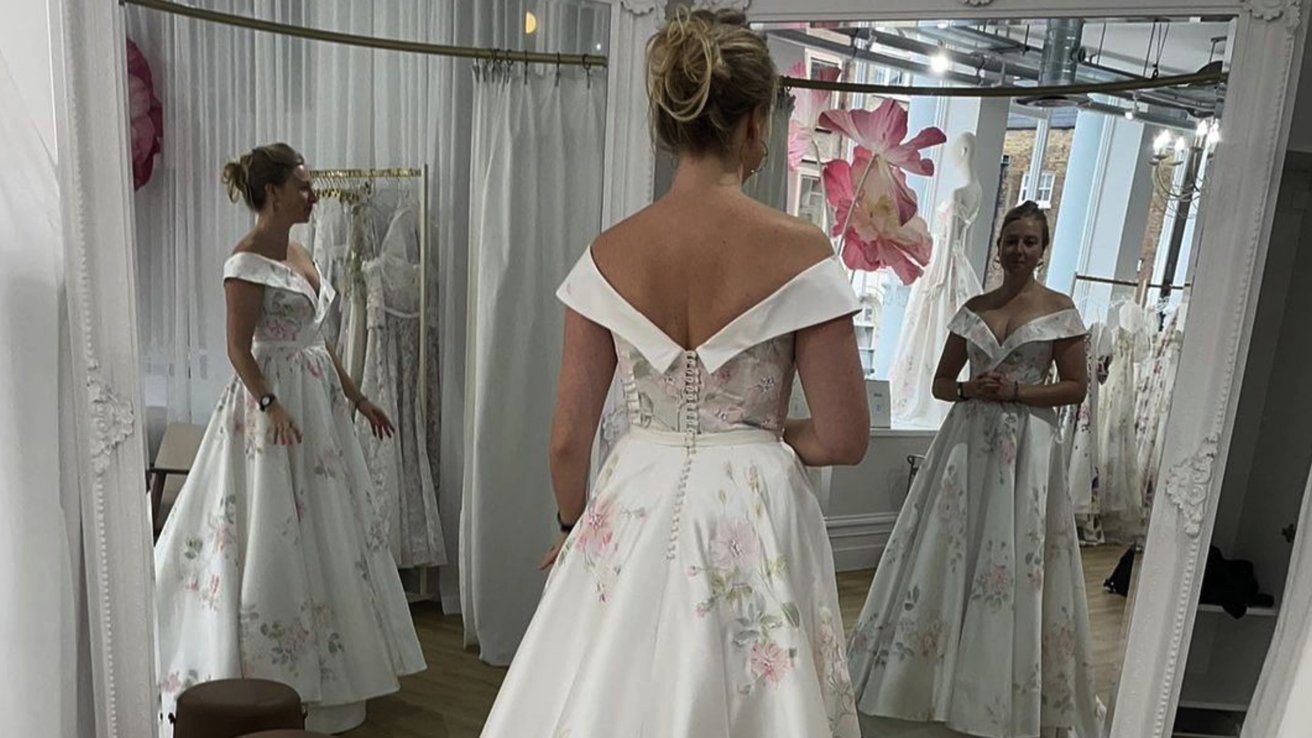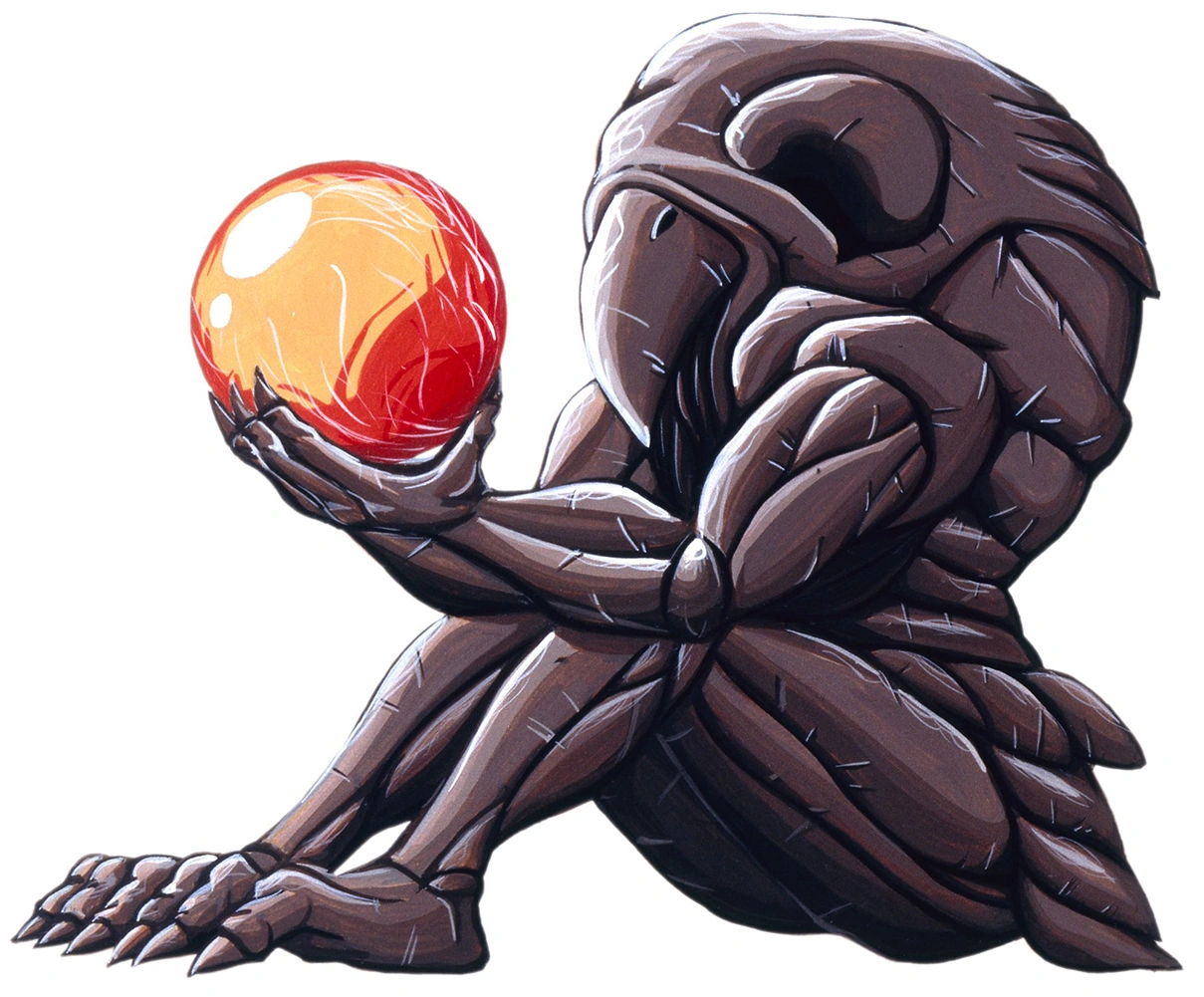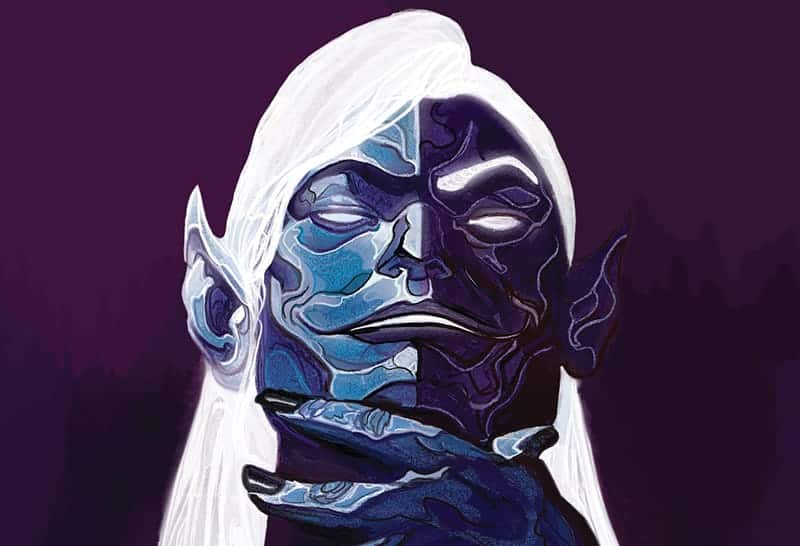A U.K. woman was photographed standing in a mirror where her reflections didn’t match, but not because of a glitch in the Matrix. Instead, it’s a simple iPhone computational photography mistake.
This story may be amusing, but it’s actually a serious issue if Apple is doing this and people are not aware of it because cellphone imagery is used in things like court cases. Relative positions of people in a scene really fucking matter in those kinds of situations. Someone’s photo of a crime could be dismissed or discredited using this exact news story as an example – or worse, someone could be wrongly convicted because the composite produced a misleading representation of the scene.
I see your point, though I wouldn’t put it that far. It’s an edge case that has to happen in a very short duration.
Similar effects can be acheived with traditional cameras with rolling shutter.
If you’re only concerned of relative positions of different people during a time frame, I don’t think you need to be that worried. Being aware of it is enough.I don’t think that’s what’s happening. I think Apple is “filming” over the course of the seconds you have the camera open, and uses the press of the shutter button to select a specific shit from the hundreds of frames that have been taken as video. Then, some algorithm appears to be assembling different portions of those shots into one “best” shot.
It’s not just a mechanical shutter effect.
I’m aware of the differences. I’m just pointing out that similar phenomenon and discussions have been made since rolling shutter artifacts have been a thing. It still only takes milliseconds for an iPhone to finish taking it’s plethora of photos to composite. For the majority of forensic use cases, it’s a non issue imo. People don’t move that quick to change relative positions substantially irl.
Did you look at the example in the article? It’s clearly not milliseconds. It’s several whole seconds.
You don’t need a few whole seconds to put an arm down.
Edit: I should rephrase. I don’t think computational photography algorithms would risk compositing photos that are whole seconds apart. In well lit environments, one photo only needs 1/100 seconds or less to expose properly. Using photos that are temporally too far apart risk objects moving too much in the frame, and thus fail to composite.
There’s three different arm positions in a single picture. That doesn’t happen in the blink of an eye.
The camera is taking many frames over a relatively long time to do this.
This is nothing at all like rolling shutter, and it’s very obvious from looking at the example in the article.
It takes you several seconds to move your arm? I hope you don’t do manual work.
Also did you use the iOS camera app before? You can see how long it takes for the iPhone to take multiple shots for the always-on hdr feature, and it isn’t several seconds.
There’s three different arm positions in a single picture. That doesn’t happen in the blink of an eye.
It’s a lot faster than you might be expecting. I found it helps to visualize it in person. Go to a mirror and start with your hands together like in the right side mirror. Now let your arms down naturally, to the position in the left side mirror. If you don’t move your arms at the same exact time, one elbow will still be parallel to the floor while the other elbow has extended already, just like in the middle position.
Thus, we can tell that the camera compiled the image from right to left.
I can also see the three arm positions being a single motion, just in three different time frames. If it really takes seconds to complete a composite, then it should also be very easy to reproduce, and not something so rare it makes it into the news. If I still can’t convince you, I guess we agree to disagree then.
A specific shit?
😎
It should be. All computational photography has zero business being used in court
We might be exaggerating the issue here. Fallibility has always been an issue with court evidence. Analog photos can be doctored too.
Sure, but smartphones now automatically doctor every photo you take. Someone who took the photo could not even know it was doctored and think it represents truth.
All digital photography is computational. I think the word your looking for is composite, not computational.
Unless the dude is saying only film should be admissible, which doesn’t sound all that bad.
Film is also subject to manipulation in the development stage, even if you avoid compositing e.g. dodging and burning. Photographic honesty is an open and active philosophic debate that has been going on since its inception. It’s not like you can really draw a line in the sand and blanketly say admissible or not. Although I’m sure established guidelines would help. Ultimately, it’s an argument about the validity of evidence that needs to be made on a case by case basis. The manipulations involved need to be fully identified and accounted for in those discussions.
I’m still waiting for the first time somebody uses it to zoom in on a car number plate and it helpfully fills it in with some AI bullshit with something else entirely.
We’ve already seen such a thing with image compression.
https://www.zdnet.com/article/xerox-scanners-alter-numbers-in-scanned-documents/
This isn’t an issue at all it’s a bullshit headline. And it worked.
This is the result of shooting in panorama mode.
In other news, the sky is blue
Saved you a click

Not even a mistake, this is unavoidable if you move during a panorama. iPhones can’t pause time. Cool photo tho
MVP
Uhm, ok?
The way the girl’s post is written, it’s like she found out Apple made camera lenses from orphans’ retinas (“almost made me vomit on the street”). I assumed it was well known that iPhone takes many photos and stitches the pic together (hence the usually great quality). Now the software made a mistake, resulting in a definitely cool/interesting pic, but that’s it.
Also, maybe stop flailing your arms around when you want your pic taken in your wedding dress.
When have panorama photos ever not done weird stuff?
Who wants photos of a fake reality? Might as well just AI generate them.
Generally the final photo is an accurate representation of a moment. Everything in this photo happened. It’s not really generating anything that wasn’t there. You can sometimes get similar results by exploiting the rolling shutter effect.
https://camerareviews.com/rolling-shutter/
It’s not like they’re superimposing an image of the moon over a night sky photo to fake astrophotography or something.
deleted
A photo is a fake reality. It’s a capture of the world from the perspective of a camera that no person has ever seen.
Sure we can approximate with viewfinders and colour match as much as possible but it’s not reality. Take a photo of a light bulb, versus look at a light bulb, as one obvious example.
This is just one other way to get less consistency in the time of different parts of the photos, but overall better capture what we want to see in a photo.
Your argument makes literally no sense. You’re, baselessly, assuming a person’s perspective is a prism of reality. There’s no such a thing - in fact, I’d rather trust reality as being detected by the sensors of a camera, with their known flaws, attributes and parameters, than trust the biological sensors at the back of your eyes or the biological wiring to the inside of your skull.
Case point: https://youtu.be/UtKt8YF7dgQ?si=G-ni_azX0PYtfUBg And other selective attention demonstrations. People are unreliable and easily manipulated.
Here is an alternative Piped link(s):
https://piped.video/UtKt8YF7dgQ?si=G-ni_azX0PYtfUBg
Piped is a privacy-respecting open-source alternative frontend to YouTube.
I’m open-source; check me out at GitHub.
Yes, but that’s the reality from the perspective of the camera, which will be slightly different from a perspective of the person operating it.
If the camera is out of focus, is that more or less accurate than a phone camera choosing the least out of focus frame, even if half a second after you clicked?
There is no objective reality in pictures or photos or art, only what we perceive. We now value real life activity shots. When cameras needed long exposure, it was still life portrait by necessity. Both show different versions of reality.
Again, you’re saying that the camera has flaws, ergo it’s imperfect, but in a known way. It’s the same for phone photos. They are imperfect but in a known way that leads to more frequent desirable pics.
However I think most cameras and most people traditionally have wanted the most accurate photos possible. If the camera is outputting fiction that can be a big problem.
Oh, dear. No, in most cases people seem to want the prettiest photos possible. Otherwise digital filters wouldn’t be so popular.
I agree with this comment but I don’t like it 😤
To their credit, it’s not “fake”. This isn’t from generative AI, this is from AI picking from multiple different exposures of the same shot and stitching various parts of them together to create the “best” version of the photo.
Everything seen in the photo was still 100% captured in-lens. Just… not at the exact same time.
deleted
It’s not the case as someone already explained, but also, who care about the photo being fake ? People take photos to show to other people and keep a memory, and that photo looking better than reality is usually not an issue. I would still prefer choice with a toggle somewhere, which we will never get with an Apple product.
My take exactly.
Seriously? She almost vomited because the photos didn’t match? Give me a fucking break!
I’m pretty sure that was a joke.
The woman in question is a comedian.
You think that’s absurd? Have you never gotten married? Wedding photos are extremely important and while “she almost vomited” may be hyperbole, I can definitely understand being very pissed off if that was the only version of the photo. Our wedding photographer whitened our teeth in our photos and we requested that they undo that so we look like ourselves. The sentiment was nice, but we didn’t want that. I would have been pretty unhappy if they hadn’t held onto the originals and were unable to revert our teeth back to their normal shades. Photos of our bridal showers and dress hunting were nearly as important as the wedding photos themselves. I can understand being upset with this undesired result.
Ah yes, I remember noticing it would make like a short video instead of one picture, back when I had an iPhone. I turned that function off because I didn’t see the benefits.
Stop posting apple advertisments.
I may have missed this in the comments already but it is really important to note here that the article says the photo was taken using panorama mode, which is why the computational photography thing is even an issue. If you have used panorama mode ever you should go in expecting some funkiest, especially if someone in the shot is moving, as the bride apparently was when it was shot.
It’s a really cool discovery, but I don’t know how Apple is suppose to program against it.
What surprises me is how much of a time range each photo has to work with. Enough time for Tessa to put down one arm and then the other. It’s basically recording a mini-video and selecting frames from it. I wonder if turning off things like Live Photo (which retroactively starts the video a second or two before you actually press record) would force the Camera app to select from a briefer range of time.
Maybe combining facial recognition with post processing to tell the software that if it thinks it’s looking at multiple copies of the same person, it needs to time-sync the sections of frames chosen for the final photo. It wouldn’t be foolproof, but it would be better than nothing.
Program against it? It’s a camera. Put what’s on the light sensor into the file, you’re done. They programmed to make this happen, by pretending that multiple images are the same image.
What’s on the light sensor when? There’s no shutter, it can just capture a continuous stream of light indefinitely.
Most people want a rough representation of what’s hitting the sensor when they push the button. But they don’t actually care about the sensor, they care about what they can see, which doesn’t include the blur from the camera wobbling, or the slight blur of the subject moving.
They want the lighting to match how they perceived the scene, even though that isn’t what the sensor picked up, because your brain edits what you see before you comprehend the image.Doing those corrections is a small step to incorporating discontinuities in the capture window for better results.
That’s over simplified. There’s only so much you can get on a sensor at the sizes in mobile devices. To compensate there’s A LOT of processing that goes on. Even higher end DSLR cameras are doing post processing.
Even shooting RAW like you’re suggesting involves some amount of post processing for things like lens corrections.
It’s all that post processing that allows us to have things like HDR images for example. It also allows us to compensate for various lighting and motion changes.
Mobile phone cameras are more about the software than the hardware these days
With a DSLR, the person editing the pictures has full control over what post processing is done to the RAW files.
Correct, I was referring to RAW shot on mobile not a proper DLSR. I guess I should have been more clear about that. Sorry!
deleted by creator
Raw files from cameras have meta data that tells raw converters the info of which color profile and lenses it’s taken with, but any camera worth using professionally doesn’t have any native corrections on raw files. However, in special cases as with lenses with high distortion, the raw files have a distortion profile on by default.
Oh, so you have no idea what you’re talking about.
Removed by mod
So what was I wrong about? I’m always happy to learn from my mistakes! 😊
Do you have some whitepapers I can reference too?
Or maybe just don’t move your arm for literally less than a second while the foto(s) is/are taken… Moving your arm(s) down happens in less than a second if one just let them fall by gravity. It’s a funny pic nonetheless.
There’s a note at the end of the article that says it was take using pano. So this is doubly unsurprising. Despite the instagram caption reading it wasn’t.
This person is an actress and comedian. This is not an iPhone error; it’s just a manually-edited photo from three separate takes that she pretended came out of the phone as-is. It’s a hoax for laughs/attention.
MKBHD made an interesting video about this already a year ago:
Here is an alternative Piped link(s):
https://www.piped.video/watch?v=MZ8giCWDcyE
Piped is a privacy-respecting open-source alternative frontend to YouTube.
I’m open-source; check me out at GitHub.















